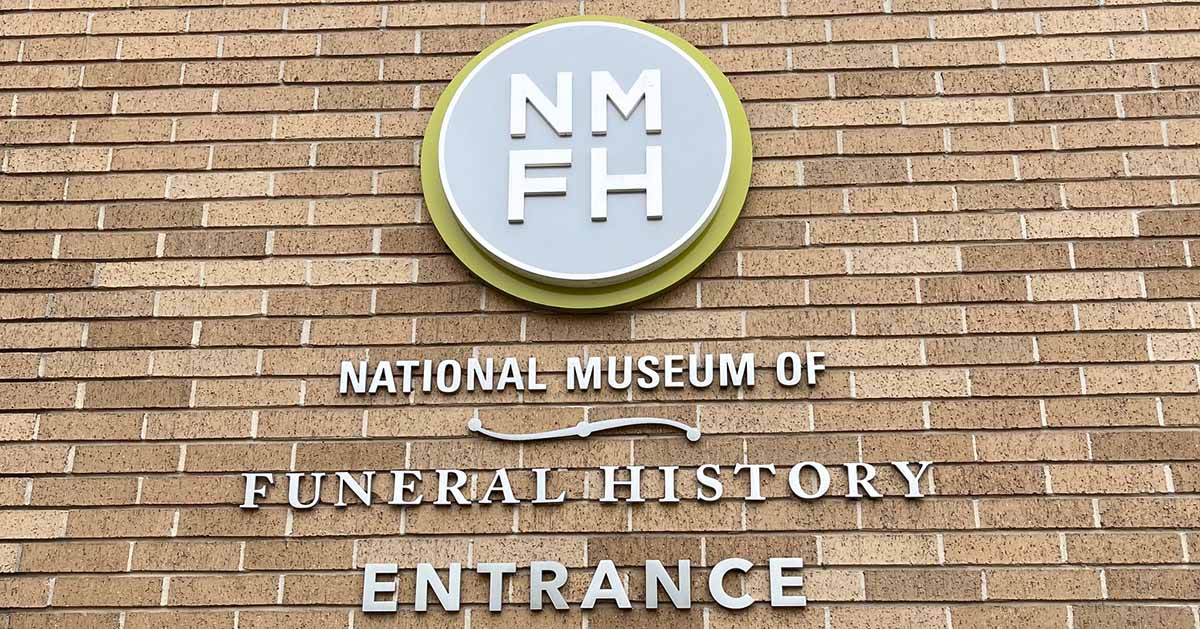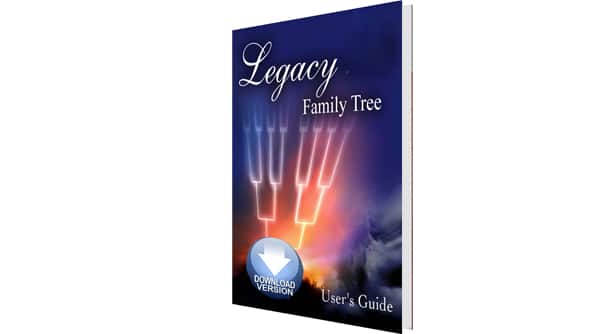Genealogists love cemeteries. But what about a funeral history museum? Going beyond finding an ancestor's final resting place and learning more about the records and customs that were part of our ancestor's death is a must. I'm always trying to learn more about the social history of our ancestors' lives. On a recent trip to Houston, Texas, I visited the National Museum of Funeral History to learn more about our ancestors' final days.

National Museum of Funeral History
The National Museum of Funeral History (NMFH) is a relatively new museum founded in 1992. The idea for the Museum "grew from Robert L. Waltrip's 25-year dream of establishing an institution to educate the public and preserve the heritage of death care."
The exhibits when I visited included:
- George H.W. Bush Memorial Exhibit
- The History of Cremation
- Thanks For the Memories (celebrity deaths)
- Celebrating The Lives and Deaths of The Popes
- Day of the Dead / Día De Los Muertos
- History Of Embalming
- 19th Century Mourning
- Presidential Funerals
- Reflections On The Wall
- Coffins And Caskets of The Past
- Historical Hearses
- A Life Well Lived: Fantasy Coffins from Ghana
- Japanese Funerals
- 9/11 And Fallen Heroes Tribute
- Marsellus Casket Company
- Jazz Funerals of New Orleans
- History of Mourning Photography
That's a lot of exhibits! Many of the exhibits were small, but the museum is 30,500 square feet overall. So if you plan to visit, give yourself at least an hour, if not two. However, If you never plan on traveling to Houston, you can still see the museum via a virtual tour. The Museum's homepage includes information on purchasing tickets for in-person visits or virtual tours.
Museums offer much more than exhibits. The NMFH is no exception and includes an online library with articles to read, including:
- Chicago Funeral Streetcars and Trains
- Funeral Patent Models
- Post Morten Photography
- Spirit Houses of Alaska
Why Visit a Funeral Museum?
Let's address the elephant in the room. A funeral history museum isn't for everyone. Some (including my family) find it morbid and not a fun summer activity. So why visit?
As genealogists, we need to understand better the location, eras, and customs of our ancestral families. Museums like the NMFH do just that. In the cremation exhibit, I learned about the first crematory in the US, 19th-century views of the new "technology," and even saw a list with the names of the first people cremated in the US.
The mourning fashion exhibit included various mourning badges that I was unfamiliar with.
Questions to Ask When Visiting
Museums should be part of your research plan. No matter what museum you are visiting, ask yourself:
- What exhibits might help my genealogical or local history research?
- What sources did the museum use to find the information in their exhibits?
- How can I tell my ancestor's story in a way that incorporates what I learned at the museum?
- Does the museum have a library or archive?
- What publications does the museum offer?
- What books or other educational materials can be found in the gift shop?
- Does membership entitle you to publications, discounts, events, or tours?
Museums that focus on a topic provide an educational opportunity for family historians. Historical exhibits offer the chance to experience a specific place in time which can lead to other educational opportunities. Studying the exhibits of a funeral museum provides family historians with a taste of what death was like for our families in the past and might lead to new-to-you record sets.
Gena Philibert-Ortega is an author, instructor, and researcher. She blogs at Gena's Genealogy and Food.Family.Ephemera. You can find her presentations on the Legacy Family Tree Webinars website.





The Funeral Museum in Houston, Texas is also very interesting